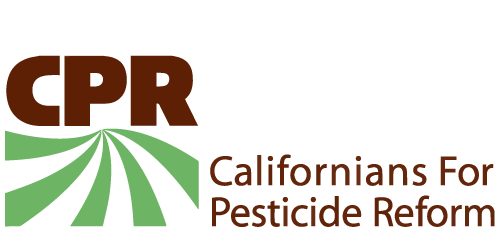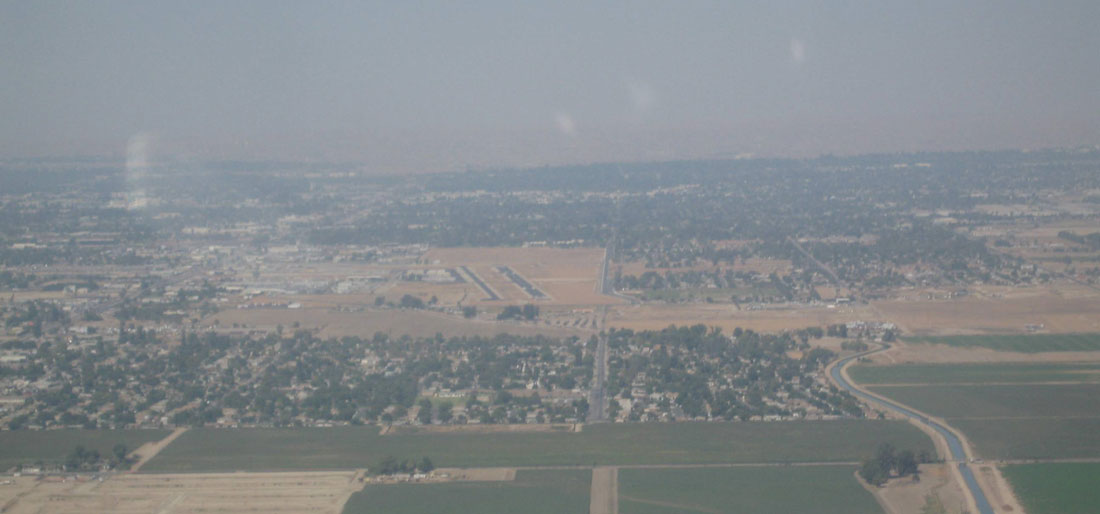Pesticides in Air
Pesticide drift is any airborne movement of pesticides away from the intended target site, including droplets, dusts, volatilized vapor-phase pesticides and pesticide-contaminated soil particles. Some application methods disperse pesticides directly into the air, by aerial spraying, ground rig broadcast sprays and orchard mist-blowers. Once on a target surface, pesticide residue can volatilize by evaporation or be transported into the atmosphere on dust particles. Volatilization from soil and surface waters is a primary pathway for many pesticides to dissipate as much as 80-90 percent of certain compounds can be lost within a few days of application through this process.
Today, pesticides have been detected in the atmosphere throughout the nation, and a wide variety of pesticides are present in air, rain, snow and fog. There is significant evidence that pesticides used in one part of the country are transported through the atmosphere and deposited in other parts of the country and beyond, sometimes in places where pesticides are not even used. Even in the Arctic and Antarctic pesticides are found in the air, snow, people and animals. The extent of atmospheric contamination has not been adequately studied. Only 2 national scale, multiyear studies have been done since the late 1960s, testing for only 25 percent of the total number of pesticides in current use.
For more information, please visit the SAFE campaign page.

